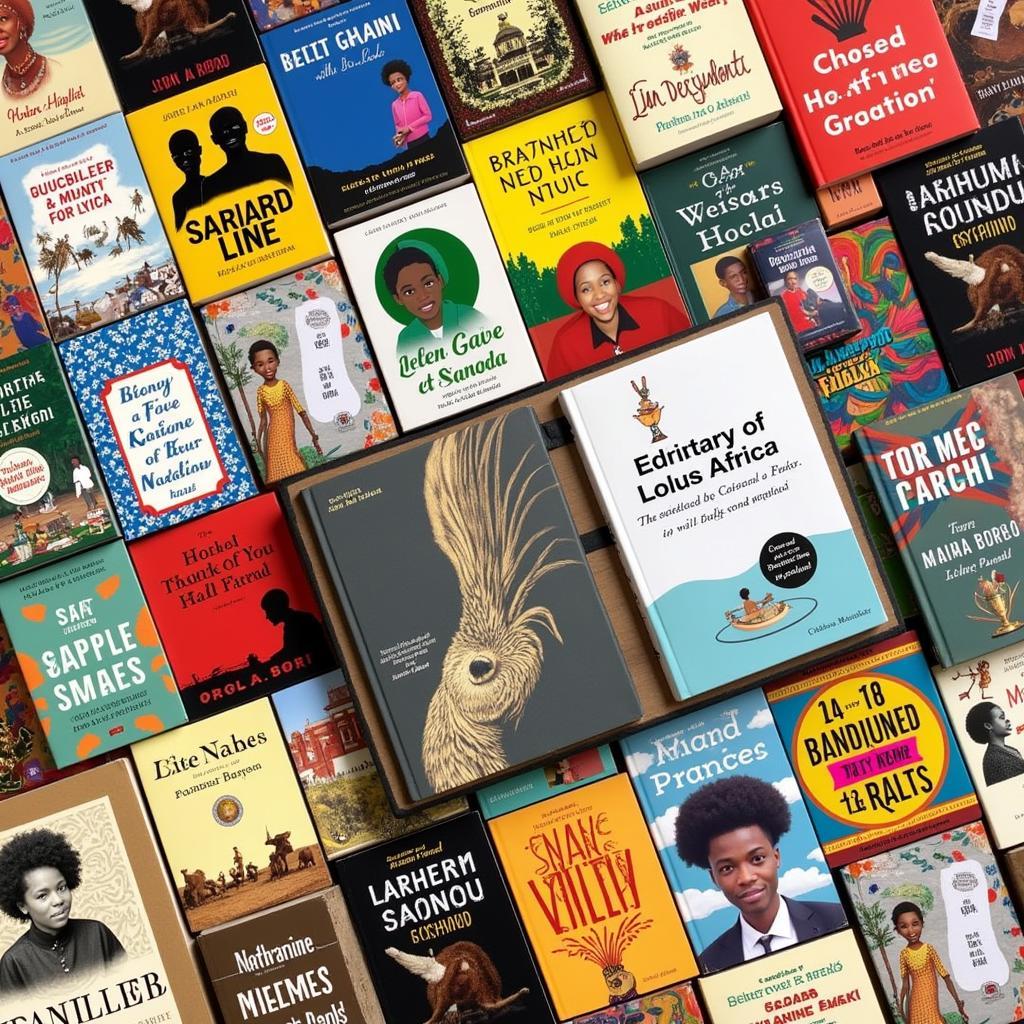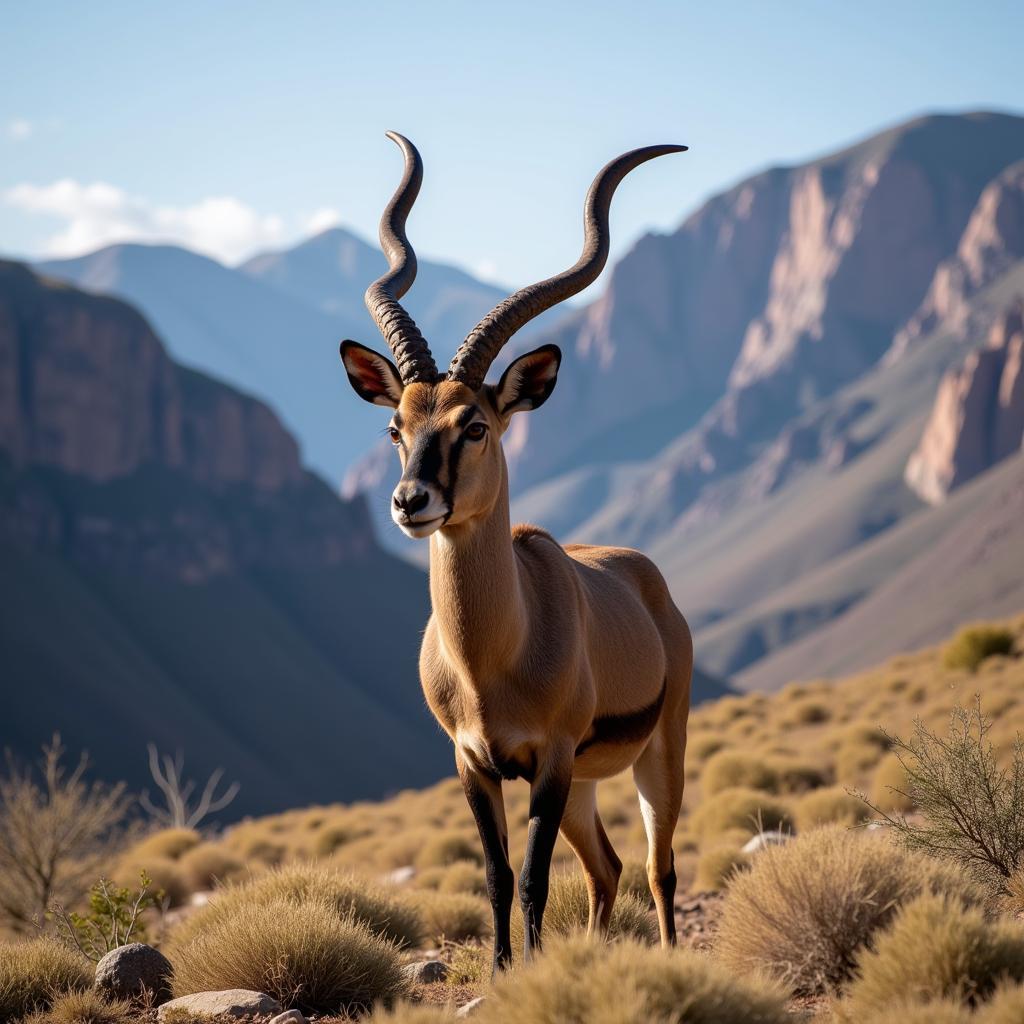The African Caftan: A Rich Tapestry of Culture and Style
The African Caftan, a flowing, elegant garment worn by both men and women, is more than just an article of clothing. It’s a testament to the rich cultural heritage and vibrant artistry of the African continent. From its origins in ancient times to its evolution into a global fashion icon, the caftan tells a story of tradition, style, and resilience.
A Journey Through Time: The History of the Caftan
The caftan’s origins can be traced back to ancient times, with evidence of its existence dating back to the early civilizations of Egypt and North Africa. Initially, it served as a practical garment, offering comfort and protection from the harsh desert climate. The caftan’s design evolved over time, incorporating intricate embroidery, vibrant colors, and elaborate patterns, reflecting the unique cultural identities of different regions.
Beyond a Garment: Symbolism and Significance
In many African cultures, the caftan holds immense cultural and social significance. It’s often worn for special occasions like weddings, festivals, and religious ceremonies, symbolizing wealth, status, and spiritual connection. The patterns and colors chosen for a caftan often carry symbolic meaning, representing family lineage, tribal affiliation, or religious beliefs.
The Caftan as a Statement of Identity
“The caftan is more than just a garment,” says Aisha Diallo, a renowned fashion designer from Senegal. “It’s a statement of identity, a way to express our cultural heritage and celebrate our individuality.” She emphasizes that the caftan is not just a piece of clothing but a symbol of tradition, resilience, and pride.
The Caftan Today: A Global Fashion Icon
The caftan’s popularity has transcended geographical boundaries, making it a global fashion icon. Today, it’s widely recognized for its elegance, versatility, and comfort, finding its place on runways and in the wardrobes of fashion-forward individuals around the world.
The Modern Caftan: A Fusion of Tradition and Innovation
Modern designers are reimagining the caftan, infusing it with contemporary aesthetics while paying homage to its traditional roots. From sleek silhouettes and bold prints to luxurious fabrics and intricate embellishments, the caftan continues to evolve, reflecting the changing tastes and trends of the global fashion scene.
Exploring the Diversity of African Caftans
While the caftan shares a common foundation, it’s important to understand the diverse interpretations and styles across the African continent. Each region has its unique approach to the caftan’s design, reflecting its specific cultural traditions and craftsmanship.
Morocco: The Kaftan’s Grand Entrance
The Moroccan kaftan is renowned for its lavish elegance and intricate embroidery. Often crafted from luxurious fabrics like silk and velvet, it features elaborate embellishments, delicate beading, and vibrant colors. The kaftan is a statement piece in Moroccan culture, worn for weddings, special occasions, and festivals.
Senegal: The Boubou’s Timeless Charm
The Senegalese boubou, a loose-fitting caftan-like garment, is a staple in Senegalese culture. Traditionally worn by both men and women, the boubou is a symbol of comfort, modesty, and tradition. Its simple yet elegant design often features vibrant colors and geometric patterns, reflecting the rich artistic heritage of Senegal.
Nigeria: The Aso-Oke’s Cultural Significance
In Nigeria, the aso-oke, a woven cloth traditionally used for caftans and other garments, holds immense cultural significance. The aso-oke is handwoven using intricate techniques passed down through generations, symbolizing family heritage and community identity. The caftan crafted from aso-oke is a testament to the craftsmanship and artistry of Nigerian culture.
The Future of the African Caftan
The African caftan is more than just a trend; it’s a testament to the enduring power of cultural heritage and creativity. As the world becomes increasingly interconnected, the caftan continues to inspire and captivate audiences with its timeless elegance and rich cultural symbolism.
FAQ
Q: What are some popular styles of African caftans?
A: Popular styles include the Moroccan kaftan, the Senegalese boubou, the Nigerian aso-oke, and the Tunisian djellaba.
Q: Where can I find a good selection of African caftans?
A: You can find a wide variety of caftans in online stores, specialty boutiques, and local markets in African communities.
Q: Are African caftans only worn for special occasions?
A: While they are often worn for events, caftans are also increasingly incorporated into everyday wardrobes, adding a touch of elegance and cultural flair.
Q: What are the best fabrics for African caftans?
A: Popular fabrics include silk, velvet, cotton, and linen, chosen for their comfort, durability, and visual appeal.
Q: What makes the African caftan so unique?
A: The African caftan’s unique blend of elegance, comfort, cultural significance, and versatility makes it a truly special garment.
Q: How can I incorporate an African caftan into my wardrobe?
A: You can wear a caftan as a dress, a tunic over pants, or a stylish cover-up. Experiment with different fabrics, colors, and accessories to create your own unique look.

